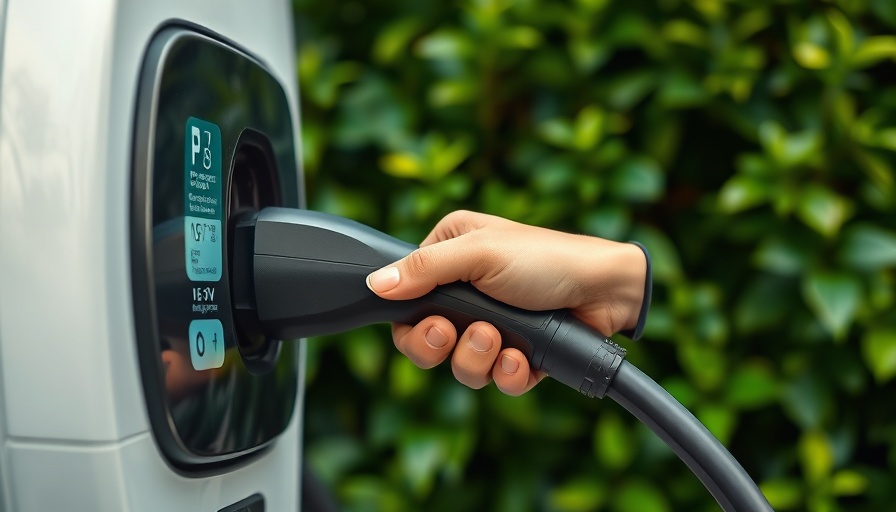
The Shift in Audi’s Naming Strategy
Audi recently announced a significant change that will shape its approach towards electric vehicles (EVs) and internal combustion models alike. The luxury automaker has chosen to blend its naming conventions, allowing both types of vehicles to share model designations. This decision moves away from an earlier strategy that differentiated models solely by powertrain type, a decision Audi representatives claim follows extensive discussions and positive feedback from customers and dealers.
Why the Change Matters
The updated naming convention aims to streamline customer understanding of Audi's vehicle lineup. Previously, models were assigned odd-numbered names for combustion engines and even-numbered names for EVs. However, this dual-system failed to accommodate the growing variety of models, including plug-in hybrids. By reverting to a simpler nomenclature, customers can more intuitively understand where each model fits in Audi's lineup, allowing for better comparisons between EVs and combustion-powered cars.
Implications for Consumers and the EV Market
This change represents more than just a marketing strategy; it reflects broader trends in the automotive market, particularly the increasing acceptance and demand for EVs. As manufacturers face uncertainties in the EV sector, maintaining versatility in branding will be vital. Audi has committed to introducing various plug-in hybrids, ensuring that no model falls through the cracks of a rigid naming strategy. Hence, this decision holds importance for both consumers looking for clear options and the automotive industry as a whole, which is adapting to a rapidly changing landscape.
The Future Landscape of Audi’s Offerings
The next-generation gasoline-powered Audi A6 will be the first model to showcase this combined naming strategy, rebranded as the A6 TFSI. It will be revealed alongside its electric counterpart, the A6 E-Tron, marking a vital point in Audi’s transition into an increasingly electric future. The decision to base the A6 TFSI and A6 E-Tron on different platforms reflects how Audi aims to cater to diverse needs and preferences while ensuring the two vehicles will still share the same model nomenclature.
Looking Ahead: What It Means for Dealers and Distributors
This shift offers important insights for e-bike dealerships and franchise owners, particularly regarding the changing expectations from customers. As the automotive landscape evolves, those who sell related products like electric bikes may also see shifts in consumer priorities, echoing the need for clarity and accessibility in various transportation options. Understanding branding strategies in the EV sector can help dealers better position their offerings to align with these trends.
Conclusion: A New Era for Audi
In summary, Audi's decision to allow EVs and gasoline vehicles to share naming plates reflects a critical evolution in their strategic approach. By simplifying the naming system, Audi not only enhances consumer understanding but also reinforces its commitment to providing versatile and adaptive products amidst the automotive industry's shifts towards electric mobility. As the boundaries between electric and traditional vehicles blur, those in transportation should prepare for how these emerging trends will impact their businesses.
 Add Row
Add Row  Add
Add 




Write A Comment